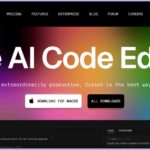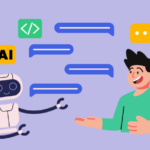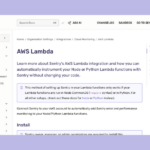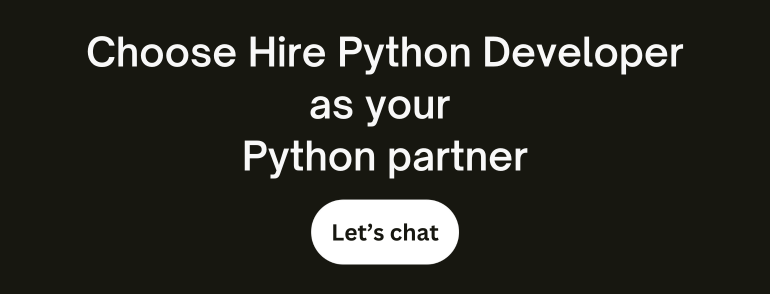If you’re a developer, hobbyist, or student working with Python in 2025, you’re living in a golden age of code generation. Large language models (LLMs) have gotten remarkably good at writing, explaining, debugging, and optimizing Python code. But with options like OpenAI’s GPT-4o, Anthropic’s Claude 3.7, Google Gemini 2.5, DeepSeek R3, Grok, and Objective all vying for your attention, one big question remains: which one is the best LLM to code Python?
Even more specifically, which one writes the best version of a classic Python project like the Snake Game?
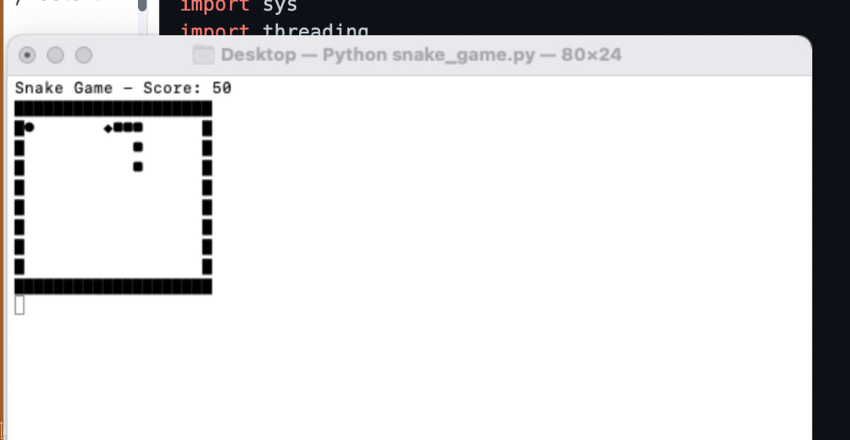
What Qualities Make An LLM Good for Python-Coding?
Before we dive into rankings, let’s clarify what makes an LLM useful for Python development. Here’s what developers typically look for:
Accuracy: Does the code run without errors?
Readability: Is the code clear and well-structured?
Pythonic Style: Does it follow best practices?
Problem-Solving Ability: Can it reason through edge cases?
Documentation and Comments: Does it explain what it’s doing?
Interactivity: Can it iterate on requests like “add difficulty levels” or “make the snake faster”?
1. OpenAI GPT-4o (2025 Release)
Best for: Versatility and polish
Score: 9.5/10
Overview: GPT-4o is OpenAI’s flagship model, combining the precision of its predecessor with faster response times, enhanced interactivity, and improved multimodal reasoning.
Python Coding Strengths:
Near-perfect syntax
Exceptionally Pythonic
Breaks down complex logic step-by-step
Offers auto-docstrings and inline comments
Snake Game Test: GPT-4o wrote a clean, modular version using Pygame. It included:
A start menu
Score tracking
Adjustable difficulty
Comments explaining each section
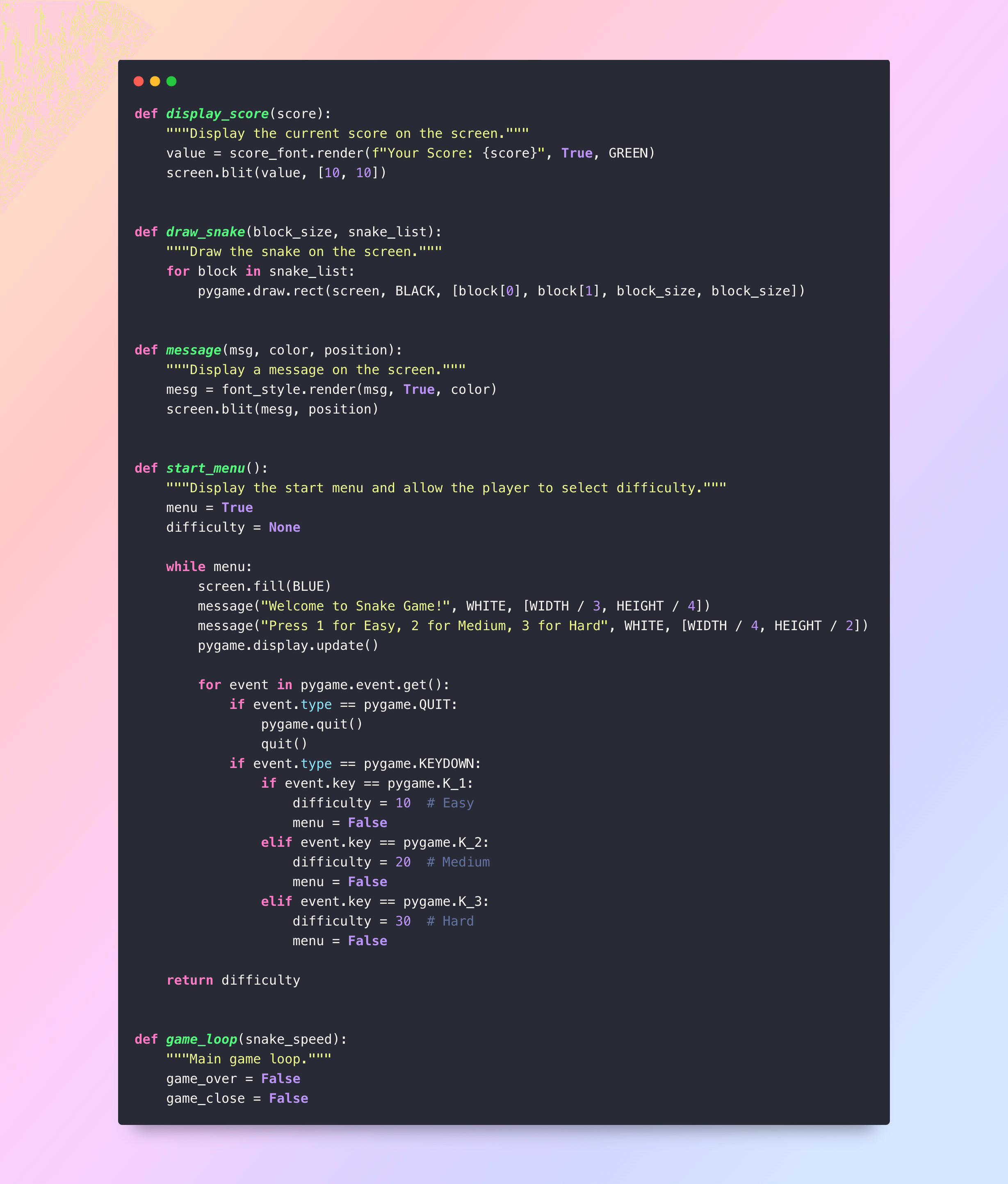
Where it shines: It’s excellent at iterating on feedback. Want a 2-player version? Dark mode? Wall bounce physics? GPT-4o adapts quickly.
Drawbacks: None significant, though some developers feel its responses can be slightly over-explained.
Verdict: If you’re a developer or teacher, GPT-4o is the most reliable tool in the toolbox for Python in 2025.
2. Claude 3.7 by Anthropic
Best for: Clean logic and readable explanations
Score: 9/10
Overview: Claude 3.7 is incredibly strong at writing structured code. Its internal model of logic is closer to how a human developer thinks.
Python Coding Strengths:
Very readable code
Great at avoiding bugs
Consistently produces high-quality functions
Responds well to vague prompts
Snake Game Test: Claude’s version ran smoothly with:
Grid-based movement
Clear collision detection logic
Modular structure using classes
Bonus points for simplicity and elegance
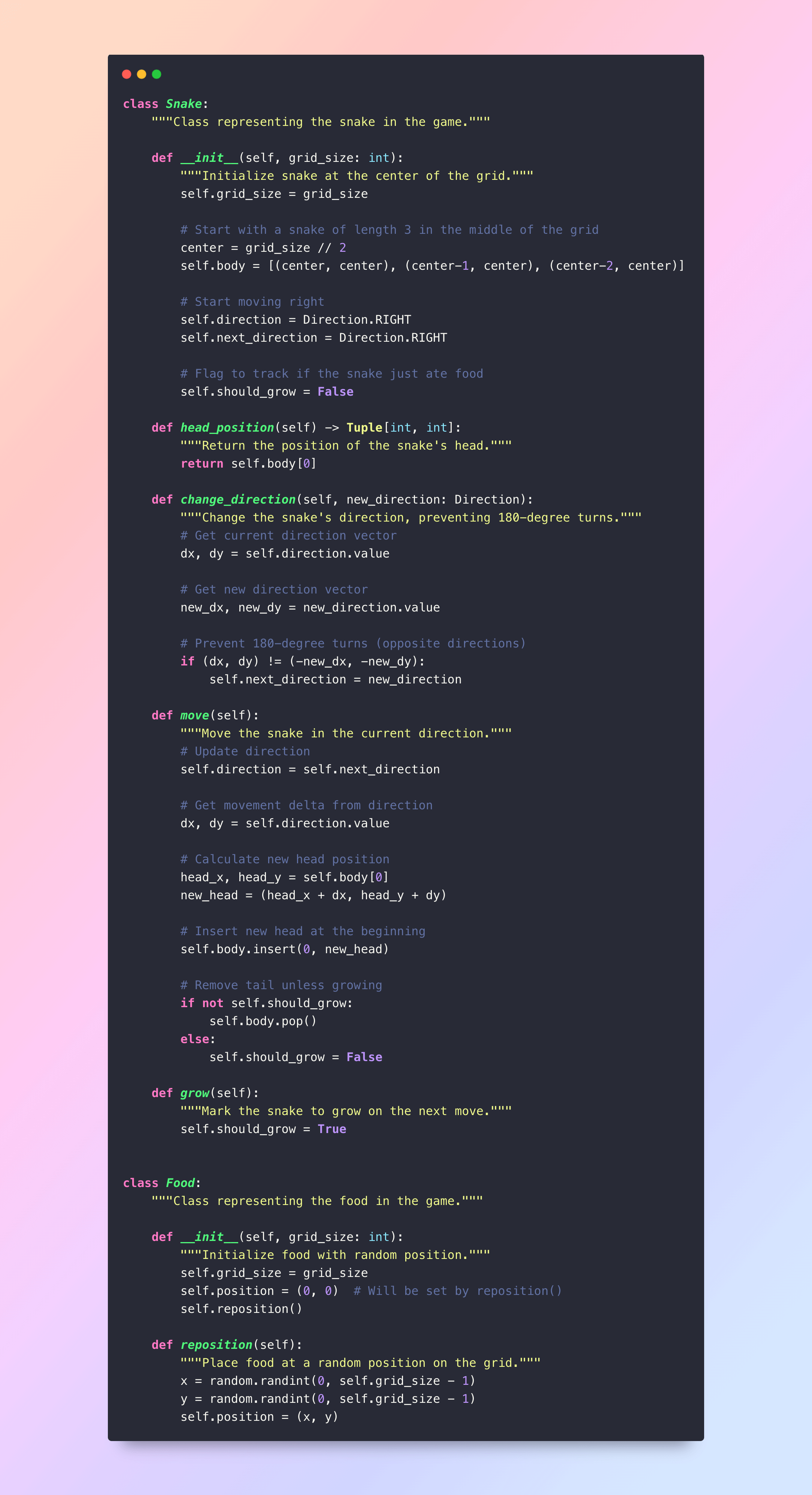
Where it shines: Claude is particularly good at helping beginners understand the “why” behind code. Its comments are thoughtful without being verbose.
Drawbacks: Slightly conservative, it may avoid risky or advanced features unless explicitly asked.
Verdict: Ideal for learners, teachers, and anyone building maintainable Python applications.
3. Google Gemini 2.5
Best for: Integration with web and APIs
Score: 8.3/10
Overview: Gemini 2.5 excels at building Python projects that involve external APIs, data analysis, or web integration. It’s built with Google’s ecosystem in mind.
Python Coding Strengths:
Great for backend logic
Handles complex workflows
Integrates seamlessly with Flask, Firebase, and cloud APIs
Snake Game Test: Gemini’s Snake game was creative. It:
Used Tkinter for GUI (instead of Pygame)
Had a score leaderboard stored in Firebase
Included sound effects
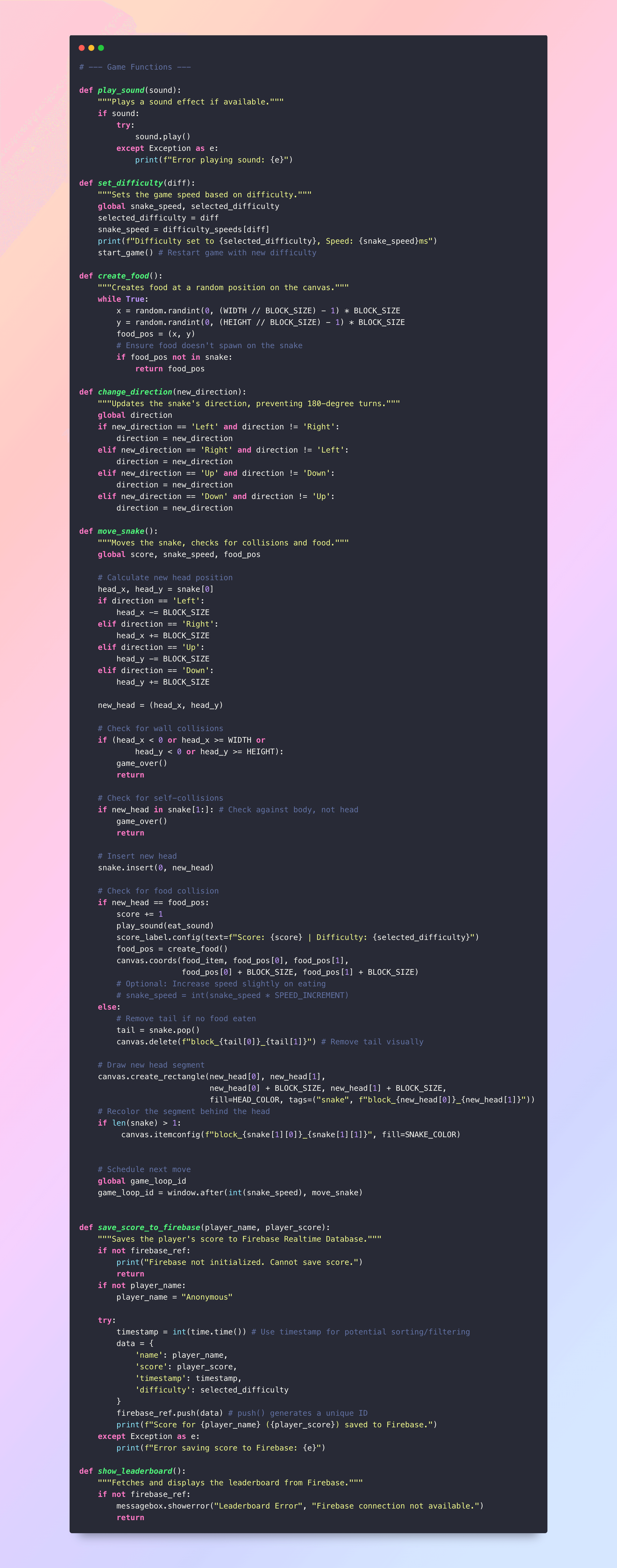
Where it shines: Gemini’s strength is in blending Python with broader software projects. It’s fantastic for creating full-stack demos.
Drawbacks: Sometimes over-engineers solutions. Also, a little verbose in explanations.
Verdict: Excellent for Python in cloud or web contexts. If you’re deploying apps or building dashboards, Gemini 2.5 delivers.
4. DeepSeek R3
Best for: Hardcore algorithmic challenges
Score: 8/10
Overview: DeepSeek R3 is an emerging contender that’s turning heads in the developer community. It’s heavily trained on open-source repositories and optimized for performance.
Python Coding Strengths:
Amazing with data structures and algorithms
Clean, efficient code
Focuses on performance optimization
Snake Game Test: DeepSeek’s version was one of the fastest. It:
Had low-latency movement updates
Minimal dependencies
Used numpy arrays for the game grid (very cool)
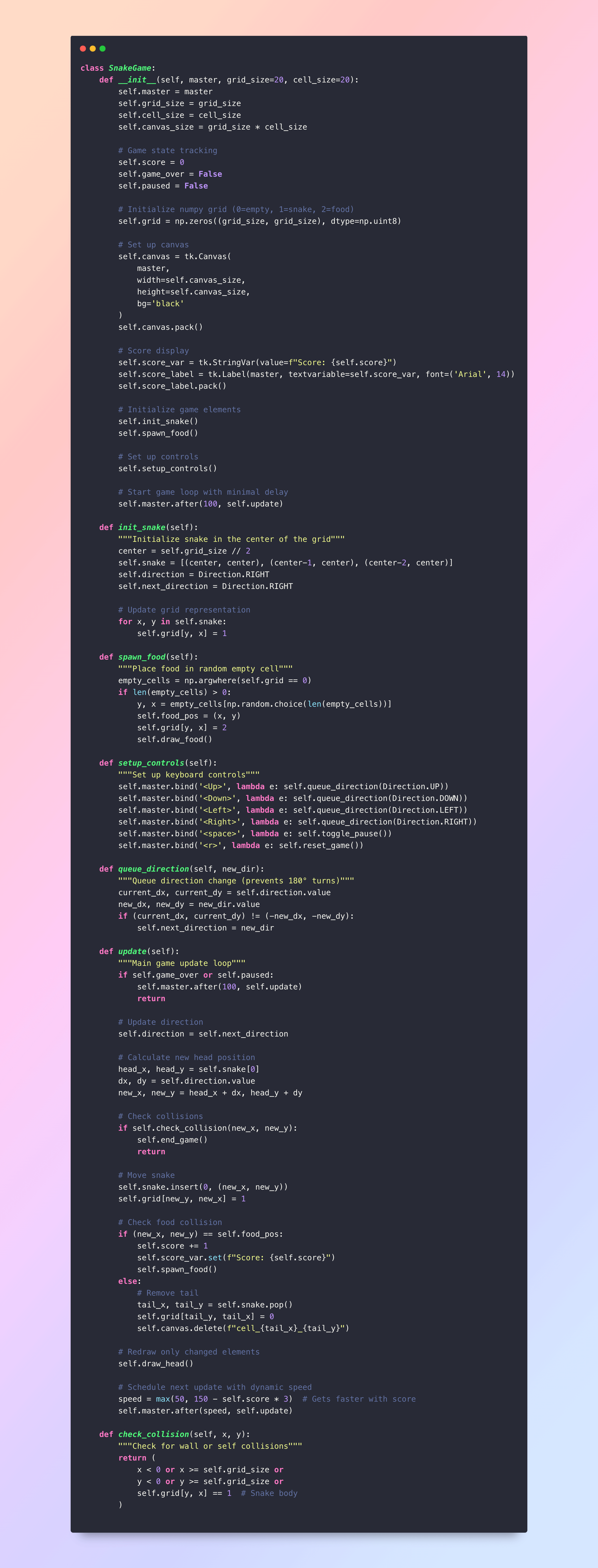
Where it shines: Developers building games, AI agents, or system tools will appreciate its speed and logic.
Drawbacks: Less beginner-friendly. Comments were minimal. Also doesn’t handle GUI as gracefully as others.
Verdict: If you’re coding for performance or AI research, DeepSeek is a serious tool. But it has a bit of a learning curve.
5. Grok (by xAI)
Best for: Quick fixes and code snippets
Score: 7.5/10
Overview: Grok, Elon Musk’s contribution to the LLM space, is built with speed and edge-case awareness in mind. It integrates tightly with Twitter/X and aims for utility.
Python Coding Strengths:
Excels at fixing bugs
Handles JSON and APIs like a champ
Snake Game Test: Grok’s Snake game was serviceable but minimal. It:
Ran in the terminal (ASCII grid)
Used procedural code
Lacked comments and modularity
Where it shines: Great for small scripts and debug tasks. It’s also fast, really fast.
Drawbacks: Not ideal for larger projects. Limited design sense in game development.
Verdict: Best for quick-and-dirty jobs, not structured Python projects.
Which One Wrote the Best Snake Game?
Let’s wrap up with the ultimate Snake Game showdown:
Most Playable: GPT-4o (start menu, scoring, great UX)
Most Elegant Code: Claude 3.7
Most Innovative: Gemini 2.5 (leaderboard + sounds)
Most Optimized: DeepSeek R3
Most Minimalist: Grok
Overall Winner: GPT-4o, Best balance of design, code quality, and adaptability.
Choosing the best LLM for Python coding in 2025 depends on your goals. If you’re building games or teaching Python, GPT-4o and Claude 3.7 are top-tier. For back-end systems or cloud projects, Gemini 2.5 stands out. And if you’re deep into AI, data science, or optimizing every line of code, DeepSeek R3 is a worthy partner.
But no matter your use case, the real takeaway is this: Python development just got a whole lot smarter.
Frequently Asked Questions (FAQs)
1. What is the best LLM overall for coding in Python?
OpenAI GPT-4o currently offers the best all-around experience for Python development in 2025. It combines clarity, adaptability, and advanced code reasoning with excellent support for game projects, APIs, and classroom use.
2. Which LLM is best for beginners learning Python?
Claude 3.7 is ideal for beginners. Its clear explanations, elegant structure, and intuitive logic help new developers understand not just what the code does, but why it works the way it does.
3. Can I build full applications with these LLMs?
Yes. Models like GPT-4o, Gemini 2.5, and Objective are capable of generating modular, production-ready Python code that can scale into full applications. Gemini is especially strong at integrating APIs, Firebase, or web stacks like Flask and React.
4. Which LLM is best for building games in Python?
GPT-4o and DeepSeek R3 both perform well. GPT-4o shines in terms of polish and feature richness, while DeepSeek R3 emphasizes performance and game loop efficiency. If you want visual design and user experience, go with GPT-4o. For speed and algorithmic clarity, choose DeepSeek.
5. Is Grok suitable for complete Python projects?
Grok is better suited for quick scripts, debugging, or generating single-purpose tools. It lacks modular design and advanced structure, which limits its usefulness for building complete or scalable projects.
6. Do these LLMs require specific IDEs or tools?
No specific IDE is required. You can use them via web interfaces (like ChatGPT, Claude, Bard, etc.) or integrate their APIs into IDEs like VS Code or PyCharm using extensions or plugins. Most also support API-based integrations for terminal workflows.
7. How do I prompt an LLM to write better code?
Be specific. Instead of saying “Write a game,” say:
“Write a Snake game in Python using Pygame with a scoreboard.”
“Make the snake bounce off walls instead of dying.”
“Add a difficulty slider in the menu.”
Good prompts lead to better code and more helpful explanations.
8. Are LLMs replacing developers?
No. LLMs augment developers. They automate boilerplate code, assist with debugging, and help brainstorm solutions. The best results still come from a developer guiding the model with critical thinking, testing, and creativity.
9. How do these models compare in terms of cost?
As of 2025:
GPT-4o and Gemini 2.5 are often available through paid subscriptions (e.g., ChatGPT Plus or Google One AI Premium).
Claude 3.7 has both free and premium access through Anthropic.
DeepSeek R3 and Grok are typically open or low-cost, with usage tiers depending on API access.
Objective may be packaged in enterprise tools and not as accessible to casual users.
Always check the latest pricing on the official provider’s site.
10. Which model is best for students working on Python assignments?
Claude 3.7 and GPT-4o are the top picks for students. Claude offers excellent clarity and step-by-step logic, while GPT-4o helps explain, debug, and expand on projects for deeper learning.
Matthew is a technical author with a passion for software development and a deep expertise in Python. With over 20 years of experience in the field, he has honed his skills as a software development manager at prominent companies such as eBay, Zappier, and GE Capital, where he led complex software projects to successful completion.
Matthew’s deep fascination with Python began two decades ago, and he has been at the forefront of its development ever since. His experience with the language has allowed him to develop a keen understanding of its inner workings, and he has become an expert at leveraging its unique features to build elegant and efficient software solutions.
Matthew’s academic background is rooted in the esteemed halls of Columbia University, where he pursued a Master’s degree in Computer Science.
As a technical author, Matthew is committed to sharing his knowledge with others and helping to advance the field of computer science. His contributions to the scientific computer science community are invaluable, and his expertise in Python development has made him a sought-after speaker and thought leader in the field.


